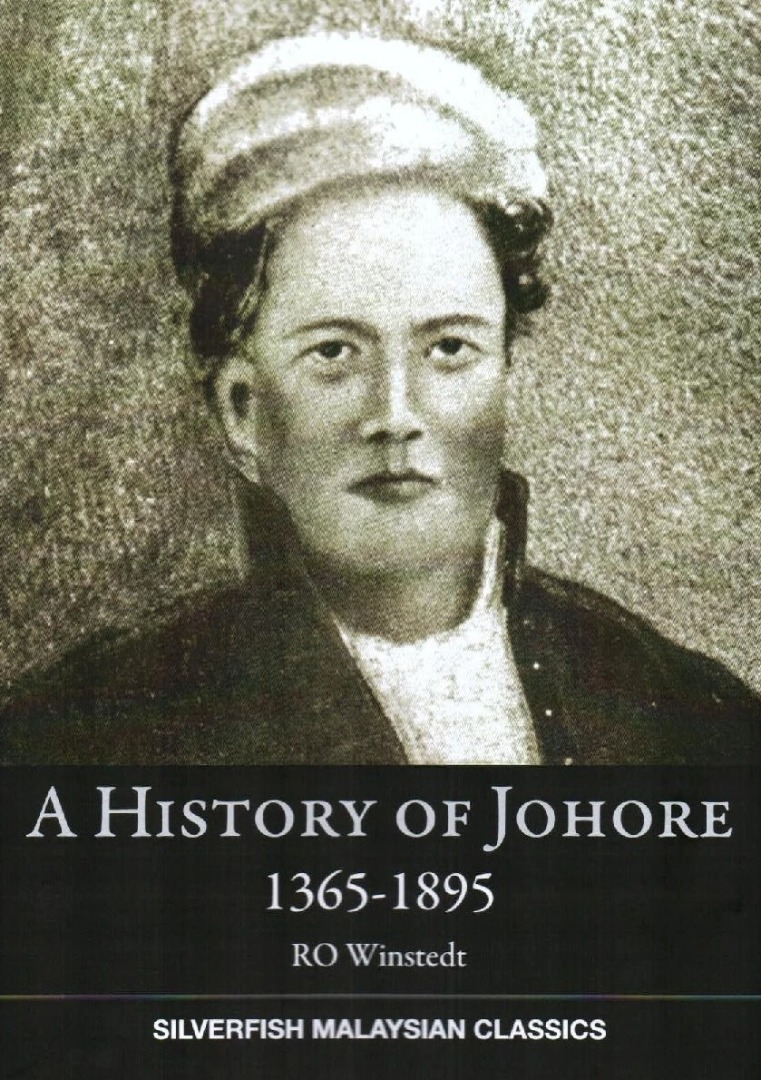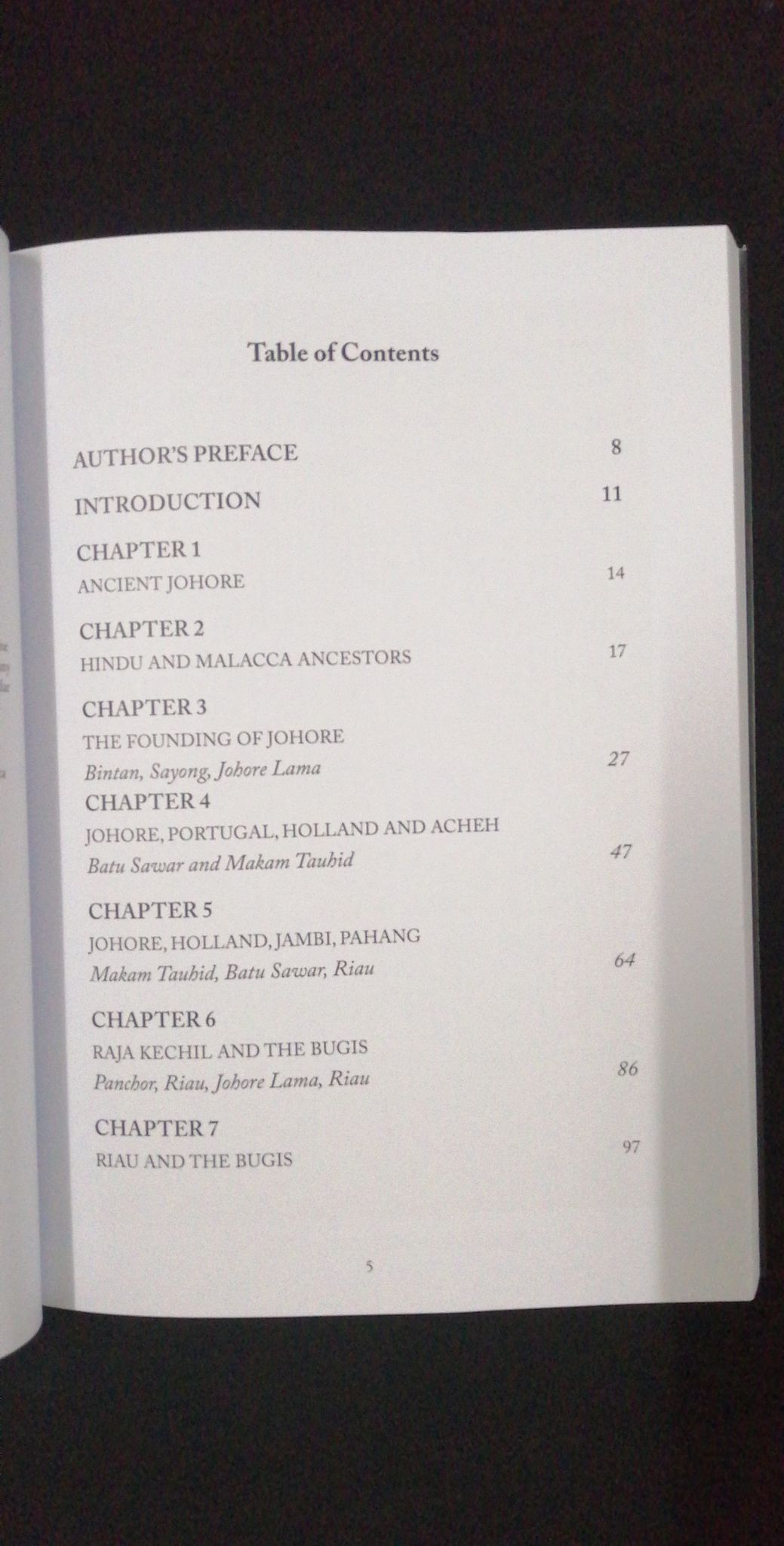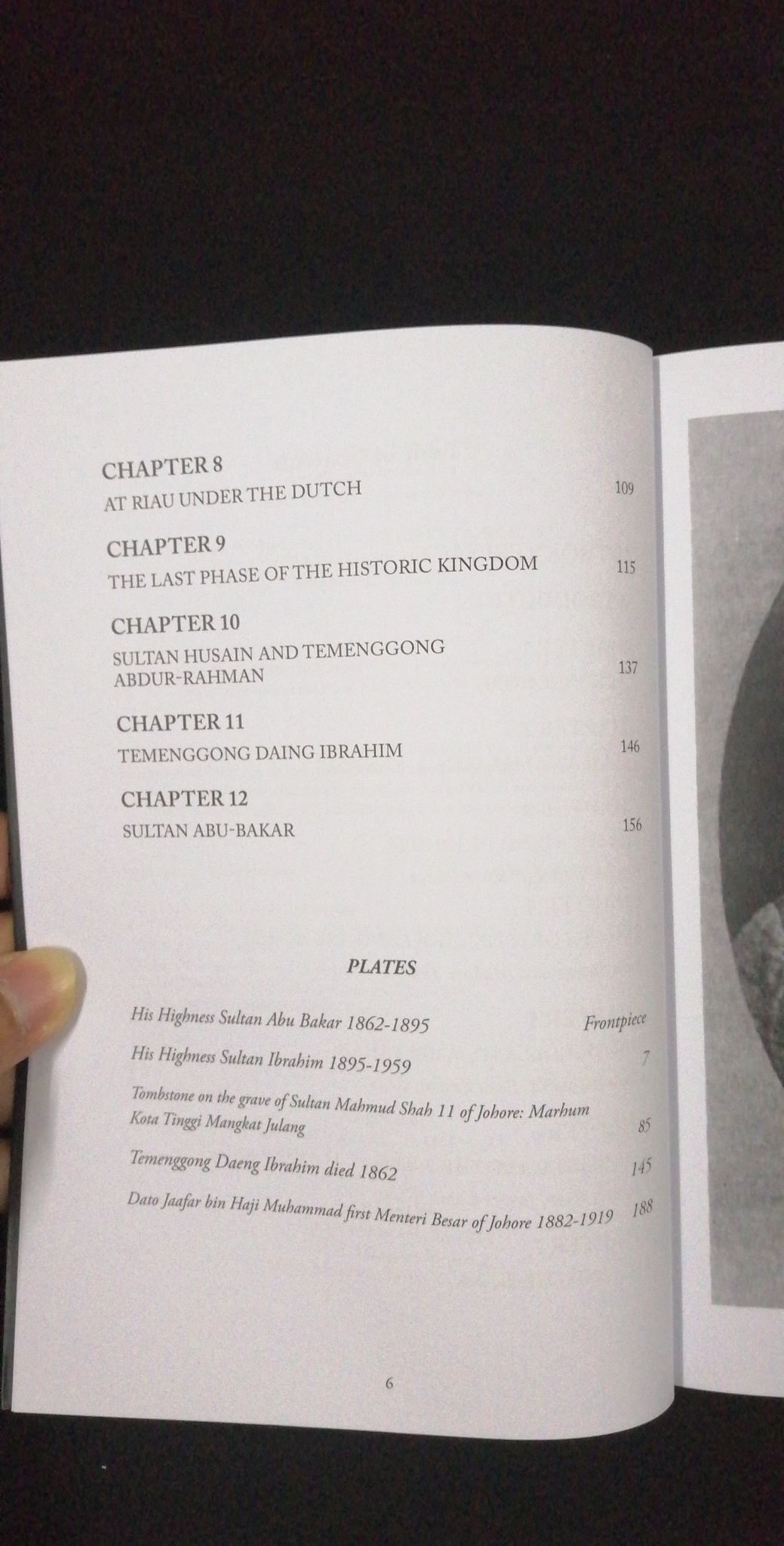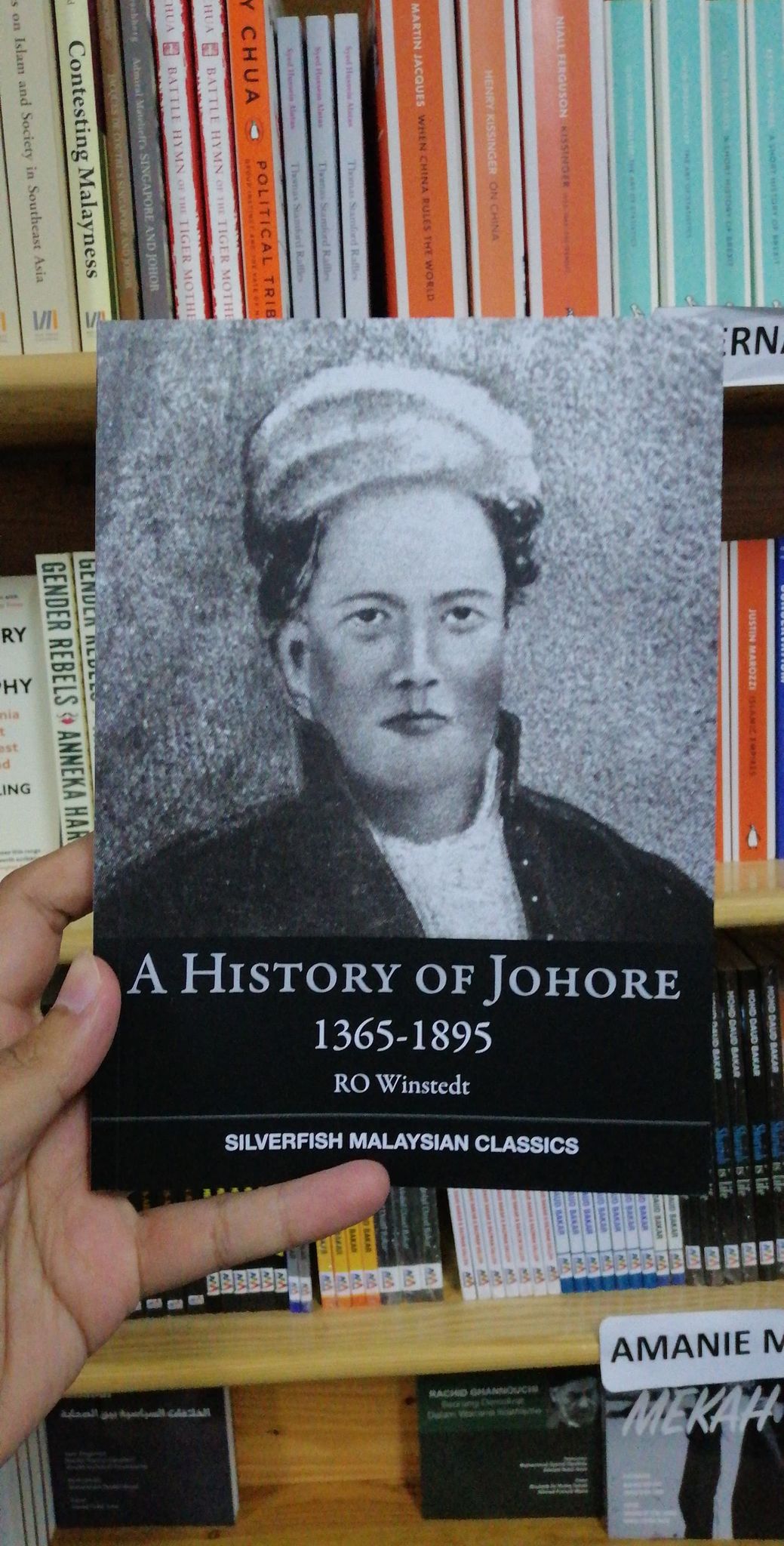A History of Johore
Author: RO Winstedt
Publisher: Silverfish
ISBN:
Weight: 0.297kg
Year: 2020
Page: 189pp
Price : RM45
On the scene of Johore history there are six principal actors: the Malays, the Portuguese, the Achinese, the Dutch, the Bugis and the English, overlapping but in that order of time. Trade brought them together and prompted their endless fighting, though other and lesser motives for war also occur. The three actors, first on the state sometimes advanced the Cross and the Crescent to excuse bloodshed; and a motive older than Christianity and Islam impelled those dynastic struggles that caused the sacking of Johore Lama by Acheh in 1615 and Jambi in 1673. But more powerful, more squalid and more persistent than all other motives for strife was auri sacra fames, a brutal accursed lust for gold, that robbed the actors not only of honour but of humanity. Of his dire covetousness the most evil symptom was monopoly, the confining of trade to one market, where the purchaser bought not at competitive prices but at prices fixed by the guns of his ships. As far back as we know, monopoly had been a feature of Eastern trade, Hindu, Parthian, Persian and Arab and it was the desperate effort of the Gujeratis to maintain their monopoly that led to the clash between Malays and Portuguese at Malacca. It was the good fortune of England that the spirit abroad at the beginning of the XIX century gave her no chance to establish monopolies, induced her to declare for free trade and so led to the meteoric rise of Singapore.















